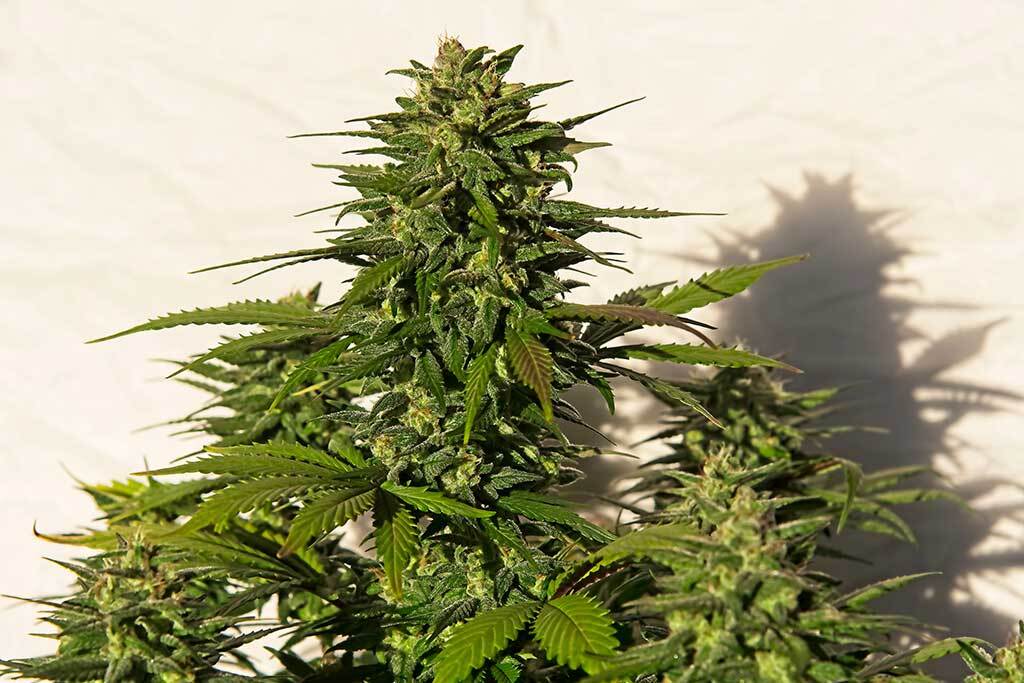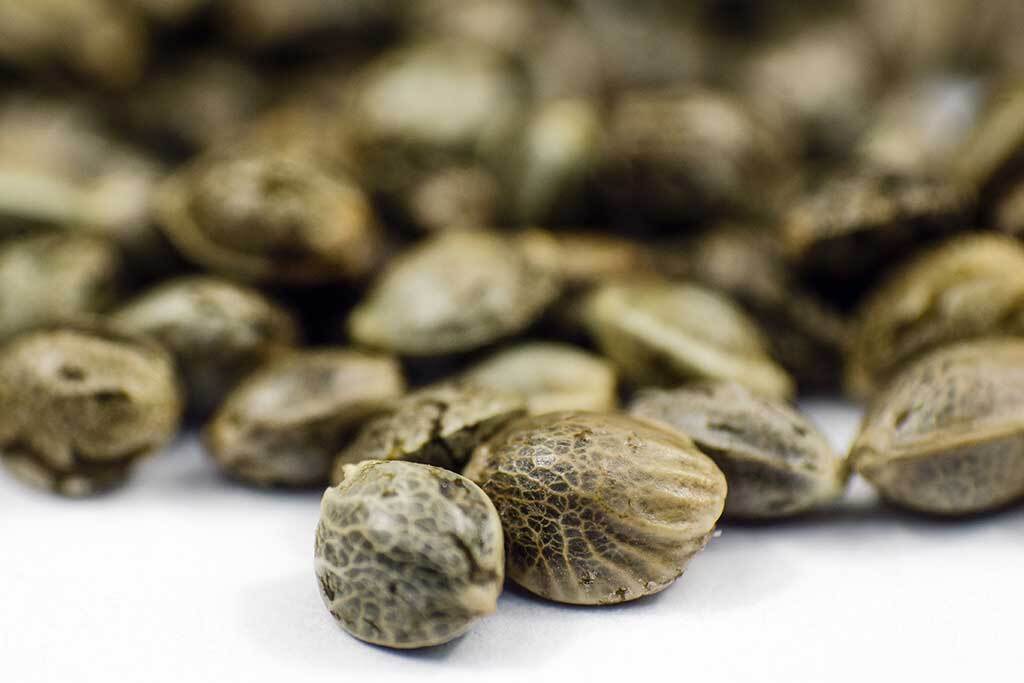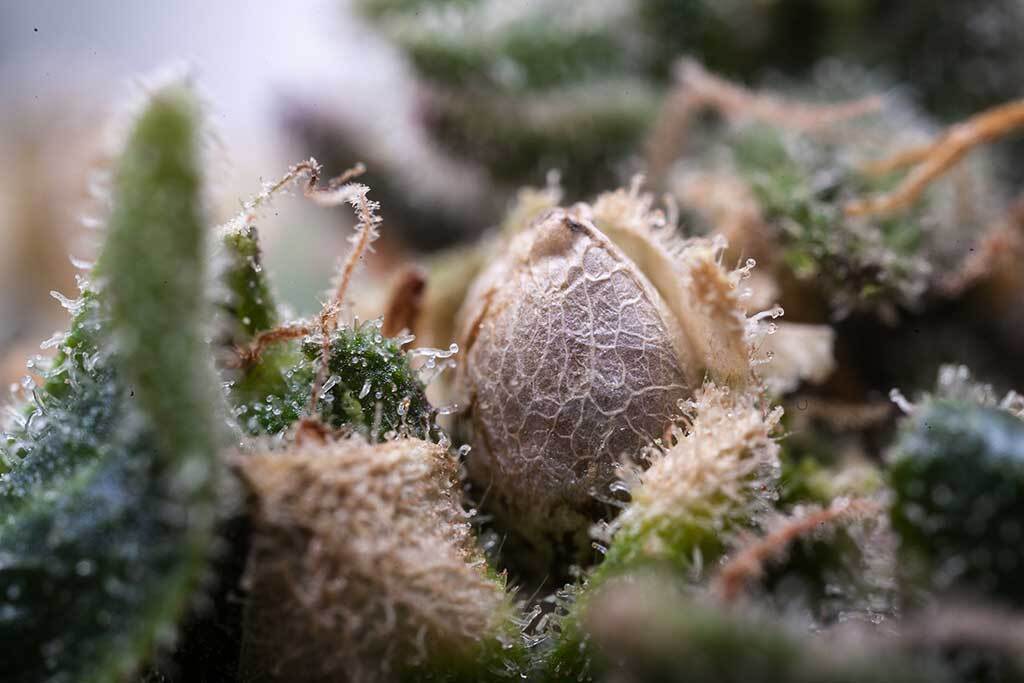
The Truth Behind Breeding Autoflowers – The Top Tips You Need to Know
Today, it’s no secret that there’s a wide availability of hybrids on the market. While you might have some idea of how regular varieties are bred – how about autoflowers? Less common amongst the home growing scene is the knowledge on how to breed autoflowers. But, that doesn’t mean autoflowering breeding isn’t simple enough for anyone to take on. With these tips and tricks, you can learn how to breed autoflower plus all the breeding basics you need to start creating your own genetics. So, let’s get learning!
Why Breed Autoflowers?
Before we get into autoflower breeding, let’s first cover the basics of what autoflowers are. Autoflowering cannabis seeds are produced by cross-breeding with the ruderalis species. Cannabis ruderalis is a lesser-known variety that once grew wild. It also has faster than normal flowering time in comparison to regular varieties. The plants are smaller, yet aren’t photoperiod in nature. Photoperiod being the requirement of cycles of light and darkness to begin blooming.
From that description alone, you can guess what some of the general benefits of autoflowers are. To add, here are two specific benefits of breeding autoflowers yourself –
- Producing an autoflowering variety of your favorite regular variety for more compact and speedy results. This saves space in indoor spaces, and allows you to grow your favorite tall sativa with much less room. It also cuts down on flowering time for those seeking to be more discrete or quickening turnaround times.
- Combining your favorite autoflowering strains to create a duo of their effects or traits. If you like one autoflowering variety, but prefer the heavy yields of another – why not combine the two? In the end, you’ll experience the same effects but with the perks of both.
The Art of Selective Breeding

Selective breeding is to thank for many of today’s most coveted phenotypes. It describes the art of identifying the plants that display the highest marks for any given category. For instance, does one plant have an exceptional aroma or produce bigger than normal buds? Then you may want to begin selective breeding. This means you’ll separate it from the others in your crop to breed the plant with the highest pedigree. That way you know you’re cross-breeding with the best of the best.
Autoflower Breeding with Autoflowers
To begin autoflowering breeding, first, you’ll need plenty of non-feminized seeds to start. That’s because, just like humans – you’ll need a male and female to successfully breed. Once you’ve acquired your seeds, you’ll germinate them and carry on through the veg stage as normal.
Around the 4 week mark, is when autoflowering varieties tend to show their sex. But keep in mind every variety can differ, and environmental conditions can affect growth. So, it’s always best to keep a close eye on the emergence of male plants after a couple of weeks. From here you have two options –
- You can leave your male plants in the room with female plants, and let nature run its course! Male plants will pollinate female plants, and produce seeds that are a cross of both.
- Or, if you have multiple male plants and females it might be best to consider selective breeding. In this case, you’ll separate the best plant of each sex and take control of the actual phenotypes that do the cross-breeding.
Pro tip! If you are still growing other feminized crops not meant for cross-breeding, ensure you practice high levels of hygiene moving back and forth. Pollen from male plants can attach to clothing or skin, and transfer to the other environments you enter.
Continue growing the plants you’re breeding as you would normally. From the crops, you’ll gain a plethora of seeds that will now serve as a cross of the two plants or genetics you bred. Voila – you’re officially an autoflower breeder. You’ll want to then grow those seeds, and continue crossing for at least three generations. This allows for stabilizing of the new genetic and allows the best traits from both original strains to strengthen.

Autoflower Breeding with Photoperiods
When breeding autoflowers and photoperiod varieties, you’ll follow the same steps. But do know there are a few facts about crossing regular with autoflower that you should know before you start.
- The autoflowering gene is recessive – so for it to be passed on, both parent strains must possess it. That means your offspring won’t show autoflowering traits until the second generation of breeding.
- Naturally, ruderalis genetics are much more unstable and less established than regular genes. That means, even if you’re successful – future generations of the same cross might not bode as well.
- To strengthen the lineage of autoflowering breeding with regular varieties, it’s advisable to perform backcrossing.
The Basics of Backcrossing
Due to recessive and dominant genes, it typically takes three to four generations of autoflowering breeding to reach the desired outcome. But, in the case that you’d like to strengthen the traits of one of the strains you started with – you’ll need to learn about backcrossing. Backcrossing refers to taking one of the newly cross-bred genetics and then re-crossing it with the original variety.
Then you’ll restart the generational cycle, and after three or so generations – you’ve officially backcrossed the genetic, making it stronger in one of the original varieties traits.
The Final Word
Now that you have a full grasp on the basics of breeding, its benefits, and how to do so – it’s time to start autoflowering breeding yourself. When you learn how to breed autoflowers you’re treated to the best of both worlds with your two favorite strains. Or, you can take advantage of autoflowering benefits for growing, with your favorite photoperiod plant to consume. No matter your reason, autoflower breeding is an explorative way to improve your cultivation craft.
